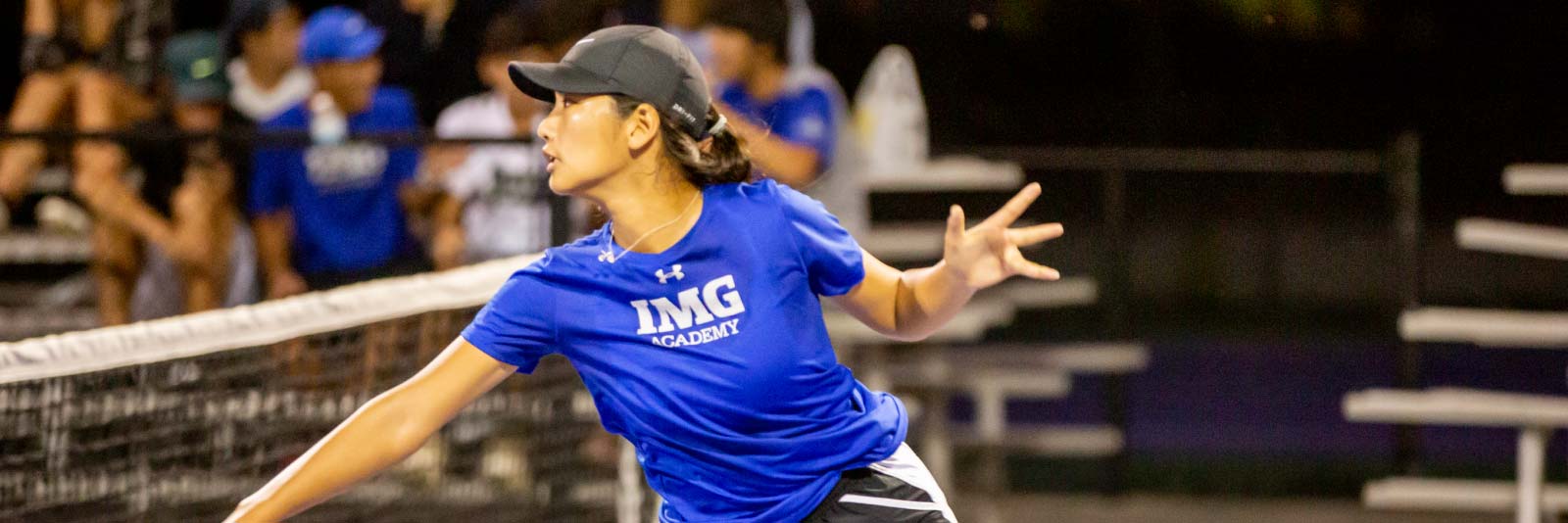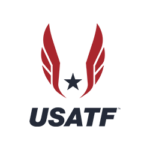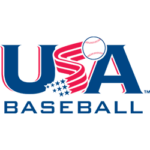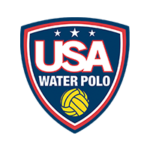Women’s Tennis Scholarships

When it comes to women’s tennis scholarships, the competition is intense, with over 8,300 athletes vying for spots across all three NCAA division levels. Of these 8,300+ athletes, less than 1% are US high school tennis players competing for an NCAA Division 1 program. Why is this percentage so small? This, in large part, can be attributed to international recruiting. Collegiate tennis has the highest percentage of international athletes competing at the NCAA level than any other NCAA-sponsored sport. In 2022, 66% of women’s tennis players competing at the NCAA Division 1 level were international athletes.
For recruits, this means they must take a proactive approach to the college recruiting process and consistently communicate with coaches, if they want to be noticed and have a chance at a tennis scholarship.
Quick Links
New NCAA Women’s Tennis Scholarship Limits
Starting in the 2025-2026 academic year, the NCAA will eliminate D1 scholarship limits if a proposed settlement is approved, enabling all sports to distribute scholarships more flexibly among athletes. This change is expected to have a significant impact on college tennis recruiting. More details and the latest updates here.
These changes would impact women’s tennis players in the following ways:
- D1 women’s tennis programs will be allowed to offer 10 scholarships, up from the current limit of 8.
- D1 women’s tennis will have a maximum roster limit of 10.
- D1 women’s tennis will transition from a headcount to an equivalency sport, enabling programs to offer a combination of partial and full scholarships.
Note: These are the maximum scholarship and roster limits set by the NCAA, but schools aren’t required to meet these maximums.
Women’s tennis scholarships by division level
| Division Level | Number of Teams | Total Athletes | Current Average Team Size | 2025-26 Roster Limit* | Current Scholarship Limit | 2025-26 Scholarship Limit* | Scholarship Type |
| NCAA D1 | 302 | 2,781 | 9.2 | 10 | 8 | 10 | Equivalency (Starting in 2025-26) |
| NCAA D2 | 211 | 2,015 | 9.5 | N/A | 6 | 6 | Equivalency |
| NCAA D3 | 345 | 3,547 | 10.3 | N/A | N/A | N/A | N/A |
| NAIA | 89 | 995 | 10.3 | N/A | 5 | 5 | Equivalency |
| NJCAA | 61 | 541 | 7 | N/A | 9 | 9 | Equivalency |
Equivalency scholarships
College coaches are given a maximum scholarship budget that they can divide up however they see fit to award scholarship packages. These are known as partial scholarships that cover some but not all the cost of college. College coaches can choose to award larger scholarships to fewer roster holders or smaller scholarships to many roster holders, as long as they do not exceed the budget limit.
How to get a tennis scholarship
International recruiting is very common in women’s college tennis, with 66% of women’s tennis roster holders competing at the NCAA D1 level in 2022 being international athletes. With that said, it comes as no surprise that some college coaches reserve a portion of their scholarship budget for these athletes as an incentive to uproot to the US.
But the reality for all athletes, regardless of what country they are from, is that college coaches want a well-rounded athlete with a high playing level and academic record. Recruits need to prove that they can immediately contribute to the team and can balance their athletic career and academics. For D1 programs, these athletes are often those labeled as Blue Chip players by TennisRecruiting.net.
Below is a step-by-step look at how recruits can catch the attention of college coaches.
- Build an NCSA Recruiting Profile: One of the best ways to increase exposure to college coaches early on in the recruiting process is to build an NCSA Recruiting Profile, which college coaches will likely come across as they search NCSA’s recruiting database to build their list of potential recruits.
- Create a recruiting video: This may be the first time a college coach has the chance to evaluate a recruit’s skillset. Create a strong recruiting video that highlights the recruit’s athletic talent with this list of recruiting video tips.
- Attend tennis camps: To gain in-person access to college coaches, recruits should attend tennis camps across the country. These are also great opportunities to compete against tough competitors.
- Contact college coaches: Prior to June 15 of the athlete’s sophomore year, recruits can still reach out to college coaches in an introductory email to let them know they are interested in competing for their program. Learn how to write an introductory email.
How hard is it to get a tennis scholarship?
Securing a women’s tennis scholarship is competitive but achievable with the right approach. Much like men’s tennis, there’s strong competition, including international players who make up a significant portion of NCAA D1 rosters. However, women’s tennis typically has more scholarship opportunities available since many programs offer the full allotment of scholarships.
Starting in 2025-2026, D1 women’s tennis will join NCAA D2, NAIA and NJCAA as an equivalency sport, meaning scholarships are often divided among multiple players rather than offered as full scholarships. To boost your chances, you’ll need to demonstrate strong performance in both your athletic and academic endeavors. Competing in national and international tournaments, maintaining a high GPA, and actively communicating with college coaches are essential steps.
Below is a look at the different ways a recruit can make the roster.
- Full-ride scholarship offer: When an NCAA Division 1 women’s tennis programs is fully funded, the coach can offer full-ride scholarships to a maximum of 10 athletes. For fully funded Division 2 programs, college coaches can offer a maximum of six full-ride equivalent scholarships. Full rides are more common at the Division 1 level.
- Partial scholarship offer: To stretch their scholarship budget, Division 2 college tennis coaches will award partial scholarships to multiple recruits and current roster spot holders. This allows them to provide financial funding to as many athletes as possible. For example, a fully funded women’s tennis program with 12 athletes could choose to divide its scholarship budget across eight of those athletes.
- Recruited walk-on (preferred): This offer is used by college coaches who do not have the athletic scholarship budget to award every recruit with financial funding but still want to offer a student-athlete a spot on the team.
- Unrecruited walk-on: If a recruit isn’t offered a roster spot during the recruiting process, they may still have an opportunity to make the team if the program holds walk-on tryouts. This gives athletes an opportunity to earn a roster spot as a walk-on, if they impress the coach during tryouts.
Note: With the new NCAA scholarship rules and roster limits starting in 2025-2026, the exact impact on walk-ons is uncertain and will vary across different sports and schools. To understand how these changes might affect you, stay in touch with coaches and ask about their plans for walk-ons and redshirts, as this can differ significantly between programs.
How many scholarships for D1 tennis?
- Division 1 tennis scholarships per team: 10 (if proposed NCAA settlement is approved)
- Total number of D1 women’s tennis teams: 317
- Roster Limit: 10
Division 1 women’s college tennis programs can offer scholarships to a maximum of 10 athletes each season. The size of these scholarships is dependent on whether the program is fully funded or not. Fully funded programs will be able to offer full-ride scholarships to each of the ten athletes.
How to get a Division 1 tennis scholarship
Division 1 women’s college tennis scholarships are reserved for international recruits who rank at the top of their country and American athletes who are ranked in the top 50 on Tennisrecruiting.net and are labeled Blue Chip athletes.
Division 2 tennis scholarships
- Maximum scholarships available per team: 6
- Total number of D2 tennis teams: 167
- Average team size: 9
As an equivalency sport, Division 2 women’s tennis programs can award a maximum of six full-ride equivalent scholarships per team. When a program is fully funded, college coaches can award larger scholarship packages and provide more athletes with financial funding. Programs that aren’t fully funded face the challenge of dividing their scholarship budget in a way that benefits as many athletes as they can with an impactful amount of aid.
Division 3 tennis scholarships
- Maximum scholarships available per team: 0
- Total number of D3 tennis teams: 328
- Average team size: 10
There are no athletic scholarships to award at the NCAA Division 3 level. Instead, recruits receive financial funding through merit-based scholarships if they meet the academic standards set in place by institutions. In some cases, Division 3 financial aid packages may be larger than the athletic scholarships offered by Division 1 and 2 programs.
NAIA tennis scholarships
- Maximum scholarships available per team: 5
- Total number of NAIA women’s tennis teams: 115
- Average team size: 9
The NAIA does not limit the number of scholarships a program can award. However, our experts have found through communication with the NAIA that scholarship opportunities at the NAIA level are similar to the NCAA level. Because funding is not consistent from program to program, each team has a different number of scholarships they can offer.
How many scholarships does NJCAA allow in tennis?
- Maximum scholarships available per team: 9
- Total number of NJCAA tennis teams: 79
- Average team size: 7
Student-athletes have the best chance of receiving financial funding with NJCAA tennis scholarships. Fully funded NJCAA tennis programs can offer the entire tennis roster with financial funding. Recruits that plan to transfer to a four-year NCAA college should keep in mind that GPA and standardized test score requirements to transfer might be stricter.
Tennis scholarship requirements
Every recruit is required to meet the NCAA eligibility requirements in order to compete for an NCAA program. The NCAA uses these requirements to determine a recruit’s academics and amateurism status.
If a recruit fails to meet these requirements upon graduating high school, their NLI agreement will become invalid.
Learn more about the NCAA eligibility center.
What are the best colleges for women’s tennis scholarships?
It can be a challenge to find the right college match with the best opportunity for an athletic scholarship. Luckily, we’ve created a list of the best colleges for women’s tennis scholarships at each NCAA division level and the NAIA. Check out the top 10 women’s tennis program based on academics, cost, graduation rates and more according to the NCSA Power Ranking.
- Top NCAA Division 1 colleges: Harvard University, Stanford University, Princeton University, University of North Carolina at Chapel Hill, University of California – Los Angeles (UCLA), Yale University, University of California, University of Virginia, University of California – Irvine and University of Florida
- Top NCAA Division 2 colleges: University of California – San Diego, Bentley University, Truman State University, Rollins College, Point Loma Nazarene University, Hillsdale College, Grand Valley State University, St. Edward’s University, Bellarmine University and Augustana University – South Dakota
- Top NCAA Division 3 colleges: Amherst College, John Hopkins University, Massachusetts Institute of Technology (MIT), California Institute of Technology, Pomona-Pitzer Colleges, Emory University, Swarthmore College, Tufts University, University of Chicago and Carnegie Mellon University
- Top NAIA colleges:Loyola University New Orleans, Asbury University, Taylor University, Indiana Wesleyan University, Westmont College, Bethel University – Indiana, Aquinas College – Michigan, Robert Morris University – Illinois, University of St. Francis – Illinois, University of North Georgia
Have More Questions?
Your NCSA Recruiting Coach is here to help you navigate the tennis scholarship process. Log in to schedule a conversation with your coach.
Not a member yet? Begin with a free recruiting profile and connect with an NCSA Recruiting Specialist. We’ll assist you and your family in planning the next steps in your recruiting journey and achieving your scholarship goals.
















